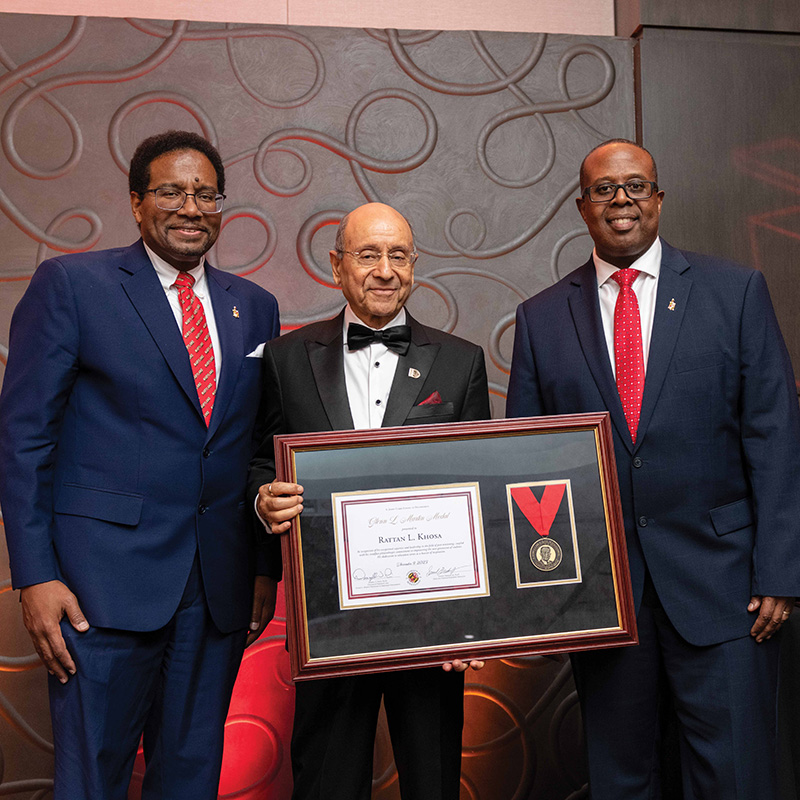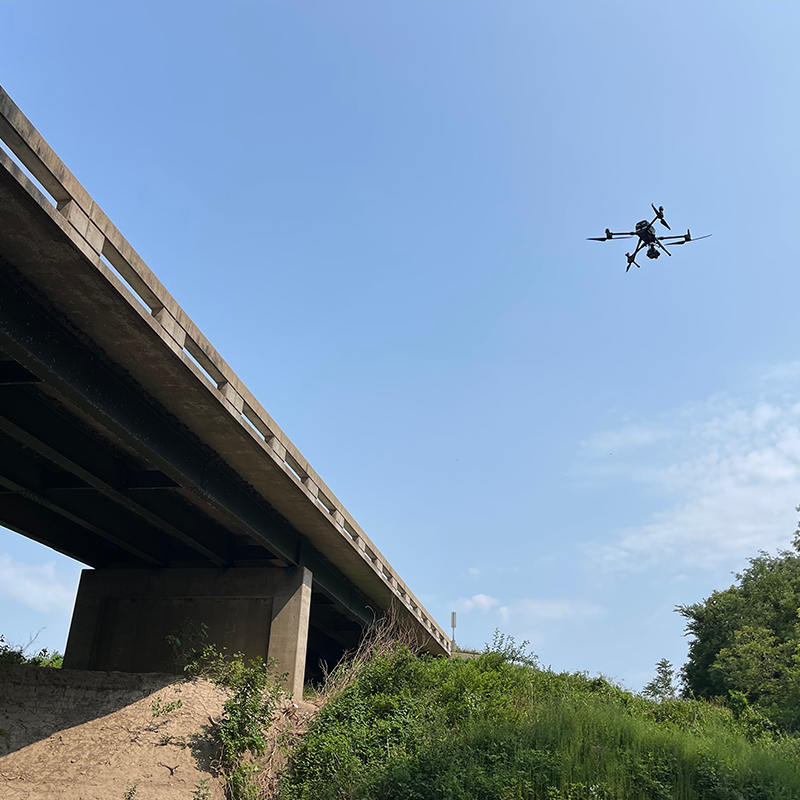News Story
Cui Leads Groundbreaking Study on Project Delivery Methods, Equity
 Public Private Partnerships (P3) have been widely lauded but also criticized, with some charging that they favor large, well-established players and do little to foster a more equitable environment for female and minority-run businesses. Until now, however, empirical data to support or refute those claims has been lacking.
Public Private Partnerships (P3) have been widely lauded but also criticized, with some charging that they favor large, well-established players and do little to foster a more equitable environment for female and minority-run businesses. Until now, however, empirical data to support or refute those claims has been lacking.
A newly-released study, conducted by UMD civil and environmental engineering professor Qingbin Cui and doctoral student Kunqi Zhang, and published this month by Transportation Research Record, aims to fill in the data gap. It is the first ever to empirically test how different delivery methods correlate with the setting and attainment of DBE goals—typically expressed in terms of the percentage of contract dollars expected and actually awarded to minority and women-owned businesses that participate in federally-funded transportation projects.
 “The conventional wisdom turns out to be wrong,” Cui said.
“The conventional wisdom turns out to be wrong,” Cui said.Drawing from the U.S. Major Highway Projects Database, Cui and Zhang sampled 134 federally assisted contracts. Linear regression models created by the team showed that two delivery methods—Design Build/Construction Manager at Risk and P3—outpace DBB in setting equity-related goals.
"In this case, conventional wisdom turns out to be wrong," Cui said.
In Ohio, for instance, value-weighted DBE goals stood at 14.3% for P3, 10.7% for Design Build/Construction Manager at Risk, and 9.2% for DBB; in Texas, the numbers were 12.8%, 9.9%. And 8.0%. Similar trends were found nationwide, and DBE goals were also found to be the most robust predictor of actual DBE attainment.
Contract size is an important factor, Cui and Zhang found: the larger the contract, the more opportunities for subcontractors, in turn fostering a greater capacity to meet DBE goals. And both P3 and DB/CMAR dwarf DBB when it comes to contract size, with average amounts of $954.2 million, $466.6 million, and $89.1 million, respectively.
"Larger-scale contracts offer more opportunities for business that might otherwise not be able to get a foot in the door," Zhang said.
P3 projects may also have an incentive to promote diversity and equity because of the amount of public scrutiny these large, high profile projects often generate. "There's a public relations component," Cui said. "Companies involved in these projects are in the media spotlight and they want to be seen as doing the right thing."
Published August 2, 2021









